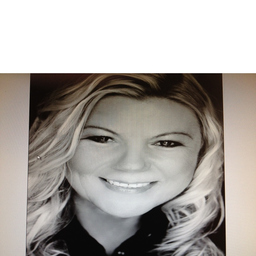
“Unreliability: the pragmatic perspective revisited.” Journal of Literary Theory 5(1): 3-17. “Doing race and ethnicity in a digital community: Lexical labels and narratives of belonging in a Nigerian web forum.” Discourse, Context & Media 4/5: 38-47. “Dude, Alter! A tale of two vocatives.” Pragmatics and Society 5(2): 271-295. “Folk-linguistic landscapes: The visual semiotics of digital enregisterment.” Language in Society 43(5): 489-514. “From Naija to Chitown: The New African Diaspora and digital representations of place.” Discourse, Context & Media 9: 14-23. “The metacommunicative lexicon of Nigerian Pidgin.” World Englishes 34(4): 669-687. “Narratives of belonging in the digital diaspora: Corpus approaches to a cultural concept.” Open Linguistics 2(1): 287-299. “Hashtagging and functional shift: adaptation and appropriation of the #.” Journal of Pragmatics 116: 51-63.

Heyd asserts that the Mydek letter is the first instance of an email hoax to request those forwarding it to also forward a copy to a specific email address-enabling the hoaxer to engage in email address harvesting of the contacts of those who fall for the hoax.

Heyd points out that the name "Jessica Mydek", when read aloud, is a "rude onomastic pun"-another marker of hoax letters. ImpactĪccording to Theresa Heyd, author of Email Hoaxes: Form, Function, Genre Ecology, the Mydek hoax letter had the three classic elements scholars recognize in a sympathy hoax letter: the "hook", the "threat", and the "request". The letter promised readers that the American Cancer Society had corporate donors who would donate three cents for every carbon copy of the campaign letter forwarded to a new person. The American Cancer Society denied involvement in the campaign and determined there was no such child.

She requested the email be forwarded to the recipients' email contacts, with a carbon copy to an email address the letter represented as that of the American Cancer Society.

The letter represented itself as a letter from a 7-year-old girl with terminal brain cancer.


 0 kommentar(er)
0 kommentar(er)
